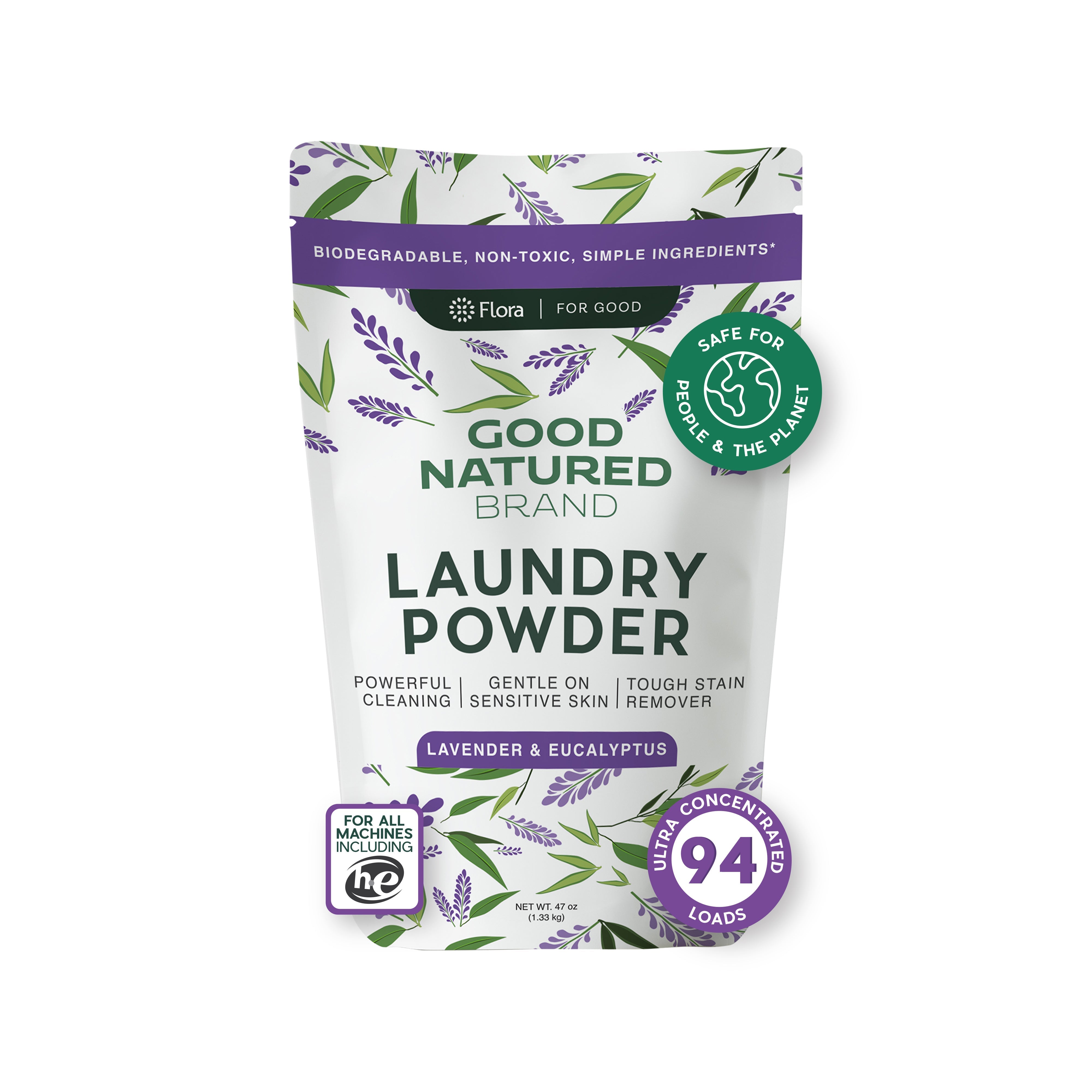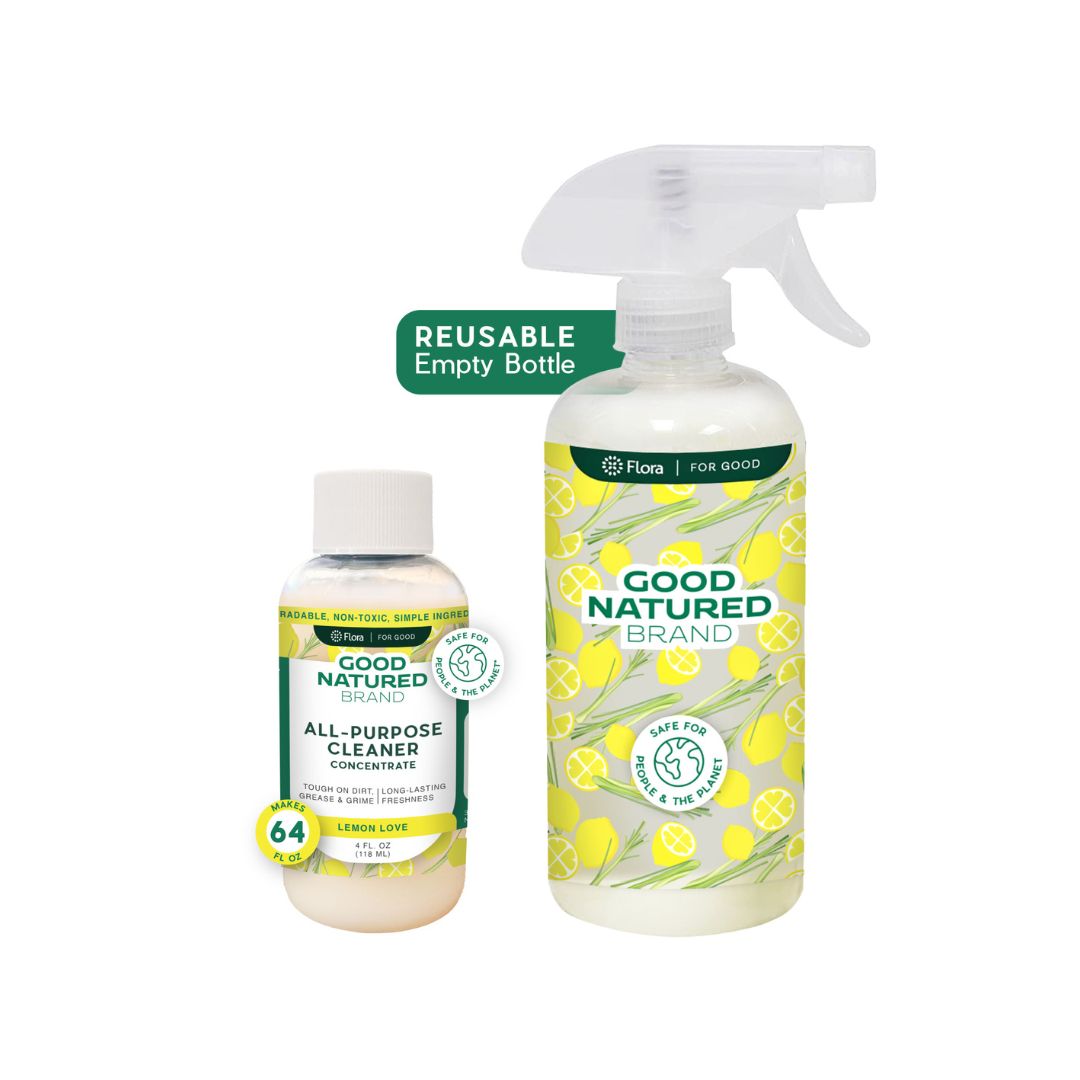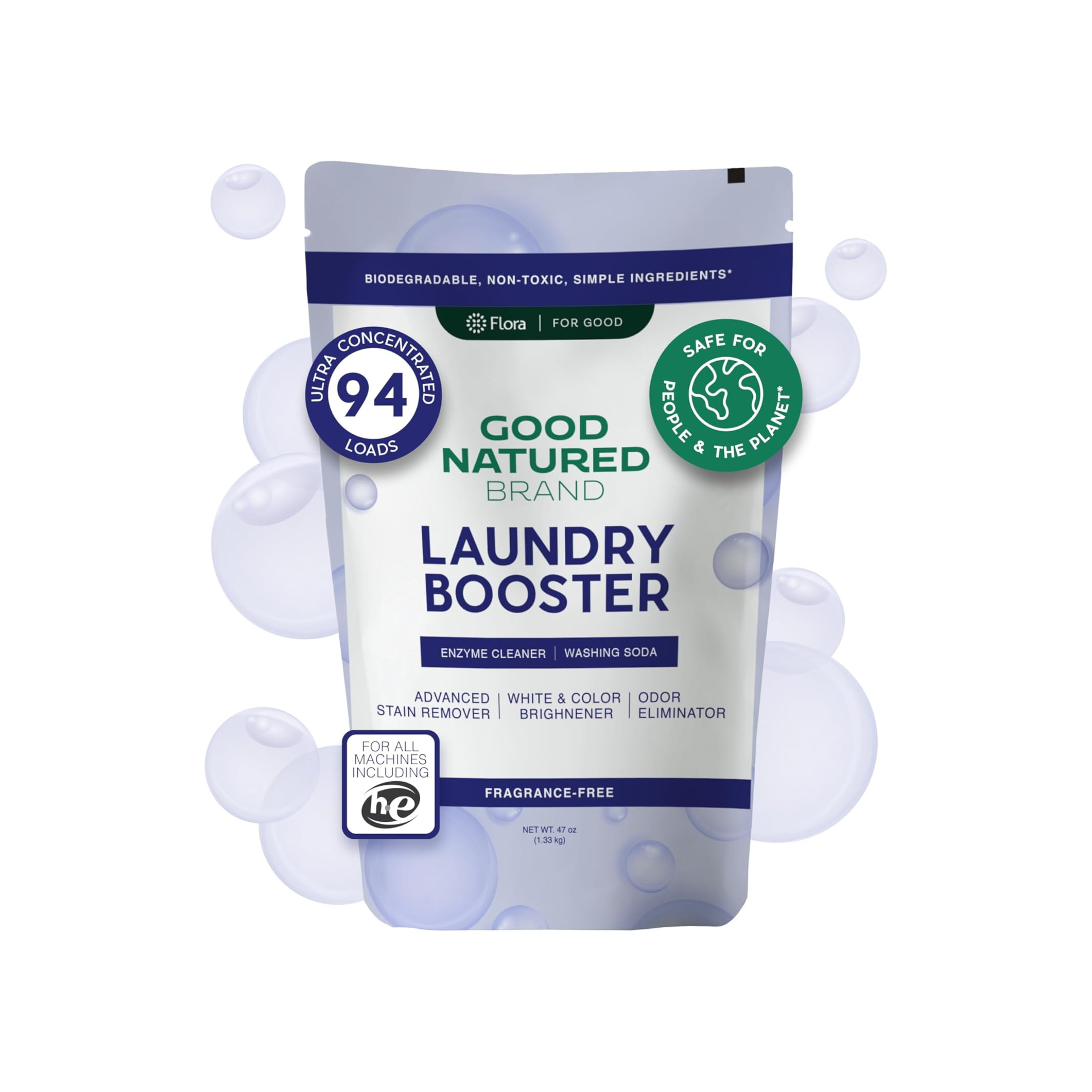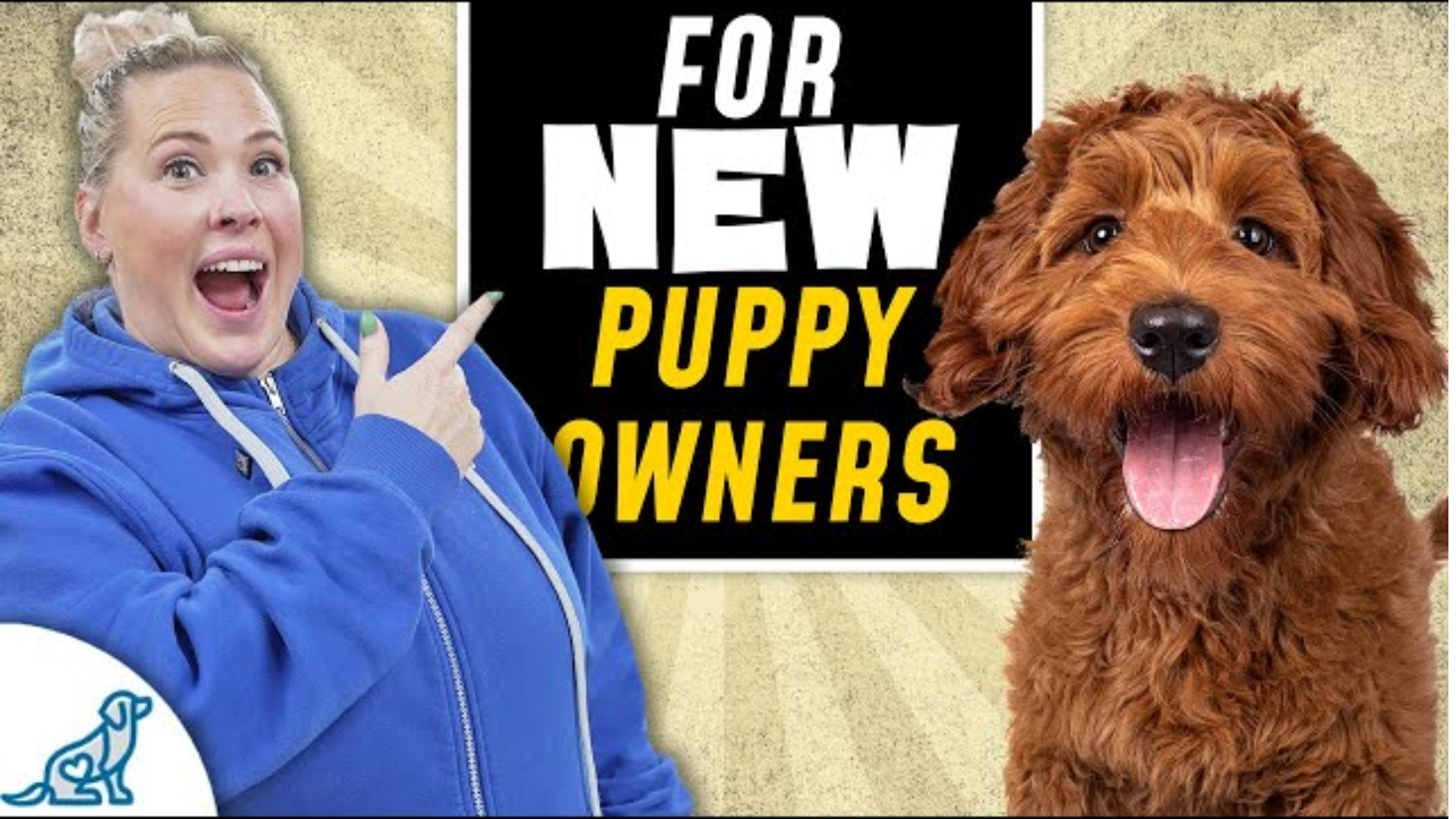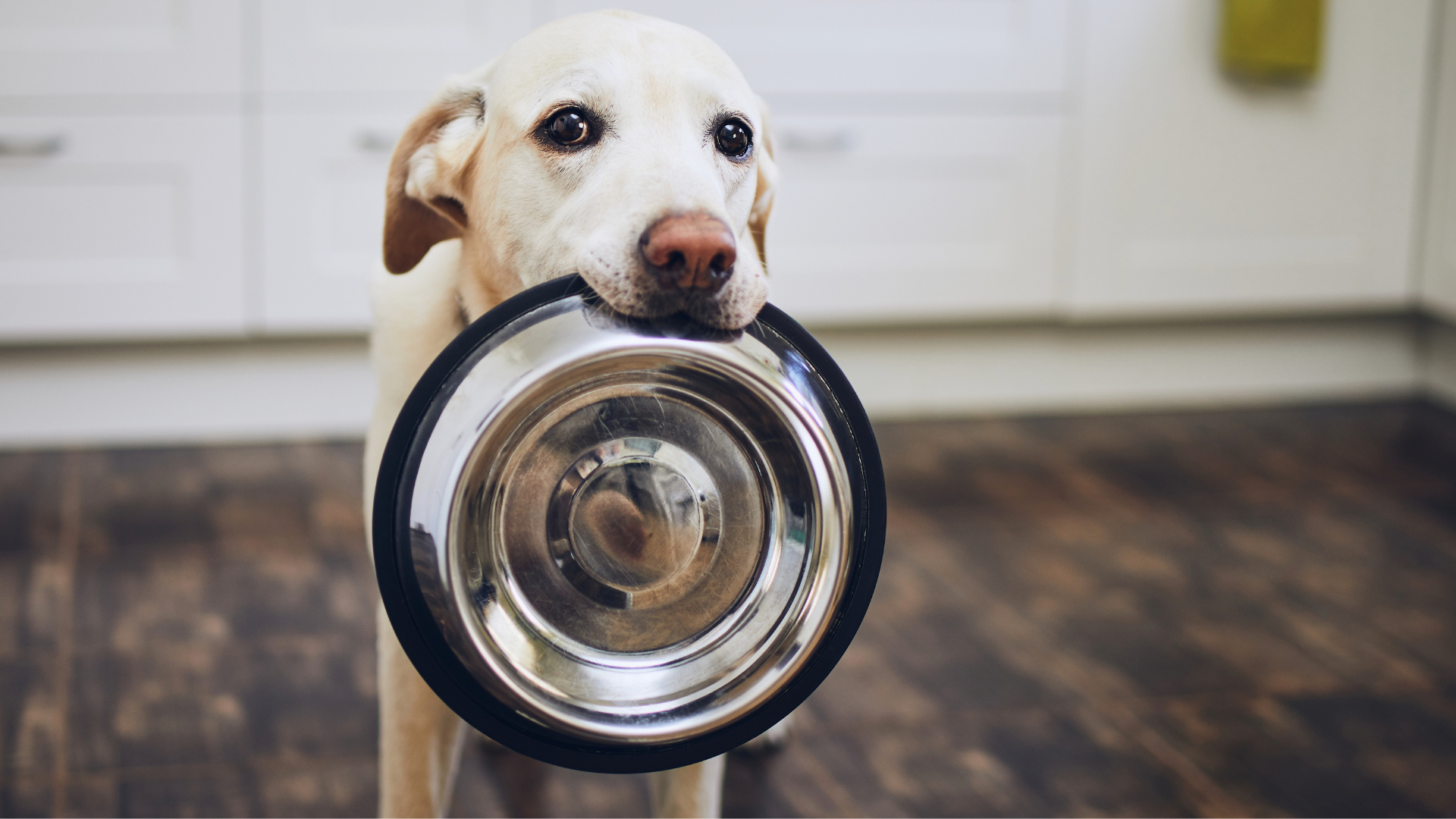Bringing home a new puppy is an exciting milestone for many pet owners, but it can also be overwhelming. In the enlightening YouTube video titled “6 Puppy Training Mistakes New Dog Owners Make” by McCann Dog Training, essential insights are shared that can help first-time puppy owners navigate this journey successfully. The video highlights common mistakes that can lead to long-term behavioral issues and provides effective strategies to correct them.
In this blog, we’ll delve into the key points discussed in the video, emphasizing the importance of preparation, practice, and proactive training techniques to ensure a smooth transition for both you and your new furry friend.
Understanding the Three Ps of Puppy Training
At the heart of successful puppy training lies the idea of the “three Ps”: Prepare, Practice, and Proof. Each of these components plays a crucial role in establishing a solid foundation for your puppy’s learning experience.
Prepare
Preparation is vital before you even bring your puppy home. This includes gathering necessary supplies, creating a safe environment, and establishing a routine. By planning ahead, you can set up a space that promotes good behavior and minimizes accidents. For instance, consider stocking up on eco-friendly cleaning products like All Purpose Cleaners to handle any messes that may occur as your puppy adjusts to its new surroundings.
Practice
Once your puppy is home, consistent practice is essential. Training should involve not only teaching commands but also helping your puppy learn to respond to its name. Using high-value rewards during training sessions encourages positive behavior. Remember to practice in different environments to help your puppy generalize its training. For instance, transitioning from your living room to a park setting can help your puppy respond reliably, regardless of distractions.
Proof
The proofing stage involves gradually introducing distractions to ensure your puppy maintains focus. This can involve training in various locations or around different people and other animals. By doing so, you’ll help your puppy learn to remain attentive, even in stimulating environments.
Preventing Bad Habits Through Supervision
One of the most significant mistakes new puppy owners make is underestimating the importance of supervision. Inadequate oversight can lead to accidents and the development of bad habits. Keeping a close eye on your puppy allows you to catch signs that it needs to go outside, thereby minimizing indoor accidents.
Establishing a structured routine is key. For example, incorporating a designated potty break after meals or playtime can help reinforce good habits. If accidents do happen, it’s helpful to have products on hand, such as Carpet Fresheners, to quickly address any messes and maintain a clean living space.
Managing Freedom and Environment
Puppies are naturally curious, and granting them too much freedom too quickly can lead to unwanted behaviors. It’s essential to manage their environment by limiting access to certain areas of your home initially. By doing so, you can better control the situation and reduce the chances of destructive habits forming.
Additionally, environmental management extends to ensuring that your puppy's surroundings are conducive to training. This includes removing distractions and creating a calm atmosphere for training sessions. You can also incorporate structured cleaning routines, utilizing Laundry Powders and Room and Linen Sprays that help maintain freshness in your puppy’s designated areas.
Proactive Training Approaches
Proactive training is all about anticipating potential distractions or problems before they arise. For instance, if you expect visitors at your home, have treats and leashes ready to reinforce calm behavior when the doorbell rings. This approach not only facilitates successful training but also helps prevent the reinforcement of negative behaviors that may result from overstimulation.
A structured morning routine can also significantly impact your puppy’s behavior. Dedicating time for training and engagement before your busy day begins can tire out your puppy, making it less likely to misbehave as you go about your tasks.
Conclusion
In conclusion, the journey of puppy ownership is filled with joy, learning, and challenges. By avoiding common mistakes highlighted in the McCann Dog Training video “6 Puppy Training Mistakes New Dog Owners Make,” and implementing the strategies discussed, you can foster positive behaviors and training outcomes for your new companion. Remember, effective training is a continuous process that requires patience, preparation, and practice.
For more tips and advice on maintaining a harmonious home with your new puppy, explore our collection of Bestsellers and stock up on essential products that will keep your home clean and your puppy happy. Together, let’s create a nurturing environment for your furry friend!

